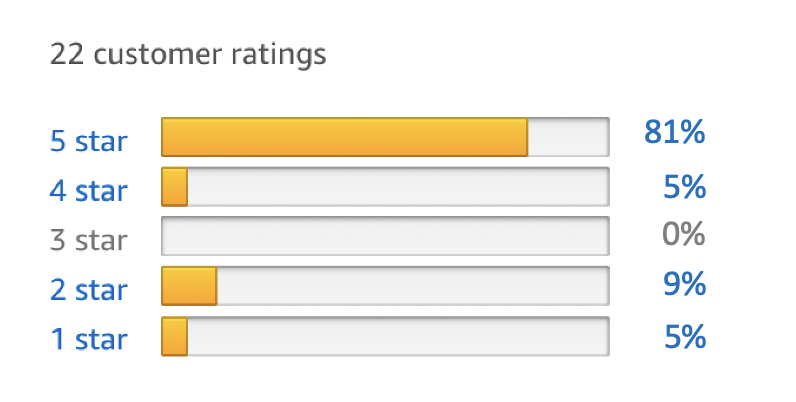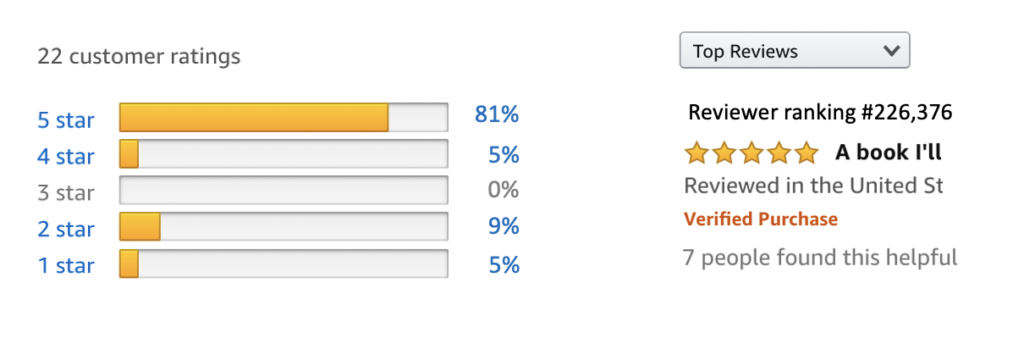Amazon has reshaped the way books are sold. Ask any author and they can tell you a variety of experiences they’ve had with the company, both good and bad. My story is no different. Amazon’s platform accounts for roughly 90% of my books’ sales. While it’s the clear number one way for readers to find my books, I’ve also been negatively impacted by a variety of their policies. In this blog entry, I detail two specific and recent ways in which their policies have been detrimental to my ability to sell books.
A little about me:
I’ve been writing for about 15 years. In that time, I’ve self-published 5 short stories and 12 novels. My stories range from literary apocalyptic, time travel dystopian, and epic space adventures. I don’t make much money from writing, and certainly not enough to make a living. Like most authors, I do it because it’s a passion.
A little about the background:
My books generally have a small group of loyal readers who love one or more of the series that I’ve written, but mainly my books are obscure and unheard of. To counter this, I occasionally run promotions so more people can become aware of them. I recently ran a huge promotion for a boxed set of my stories. Almost as soon as it started, I got a single bad review added to the existing reviews.
What Amazon showed (Way #1 in which Amazon hurt book sales)
After going from 21 reviews to 22 reviews, this is what Amazon showed.

From this, you would reasonably assume that just more than half of reviewers gave it 5 stars and more than a third of reviewers didn’t enjoy it. In terms of book ratings, that’s not very good.
The Reality
In reality, 18 of the 22 reviews were 5-stars, one of them was 4-stars, two were 2-stars, and only one was 1-star. So, to be factually correct, Amazon should have shown this:

This would provide not only the actual results, it would also give potential buyers a factual ratio of how readers felt about my book instead of the inaccurate portrayal Amazon provided.
Why Does Amazon Do This?
From their website: “Amazon calculates a product’s star ratings based on a machine learned model instead of a raw data average. The model takes into account factors including the age of a rating, whether the ratings are from verified purchasers, and factors that establish reviewer trustworthiness.”
In other words, Amazon’s system trusts the bad ratings for my book more than they trust the great ratings, even though both are verified purchases and all are from accounts that Amazon trusts enough to display (they commonly remove any review, even ones that were verified purchases, if they trigger a red flag in Amazon’s systems).
Impacts
This will never impact Stephen King or Paulo Coelho because their books have hundreds of reviews. Unfortunately, an author with very few reviews is subject to the random and harsh results of Amazon’s machine model. The result: anyone who takes a quick look at my book and its ratings will be much less likely to purchase it. After all, I’m an unknown author and they’ve never heard of my book. The only real source of validity they have is Amazon’s review system, which drastically skewed results against my book.
In an age where people have tons of options and both time and money are premiums, it’s completely understandable that potential readers would see the rating that Amazon showed and decide not to purchase my book. In fact, sales of my book were doing very well in the initial hours of the promotion. But as soon as the single 1-star rating appeared and Amazon showed those skewed results, sales slowed to a trickle.
“Top Reviews” (Way #2 in which Amazon hurt book sales)
By default, Amazon shows reviews by displaying the “Top Reviews” first. “Top Reviews” are always verified purchases because potential readers want to know that the person rating the book actually bought it and had a chance to read it. They are also filtered by the number of people who found a review helpful and by the reviewer’s rating. These are some of the reviews my book had:

Which review did Amazon put at the top? Maybe the one posted by the reviewer with the highest ranking? Maybe the one that the most people found helpful? (It’s the same review for both criteria.) Nope, they posted the only 1-star review, that significantly fewer people found helpful, by a reviewer that even Amazon says ranks significantly lower than two other reviewers, as the top review for my book.
What people saw
Only hours after my promotion started, this is what people saw when they went to my book’s Amazon page:

What people should have seen
Even with the addition of a single 1-star review, this is what people should have seen when they went to my book’s Amazon page:

Result
Every reader will have different tastes and no book will please everyone. Bad reviews are inevitable. However, the appearance of the single 1-star rating showed up as 15% of the book’s ratings and was deemed by Amazon, against both of their own factors, to be the most helpful review. As soon as that happened, sales of my book plummeted. Future sales will also suffer as long as the negatively skewed results are displayed. Effectively, this boxed set is dead.
Again, from the reader’s perspective, this is understandable. If a potential buyer sees a lot of people supposedly hated my book and the most helpful review was a bad one, of course they won’t be likely to purchase it. Unfortunately, both things are a result of Amazon’s machine learned model and are not based on factual data. And in both cases, it not only presented invalid results, it killed any hope of decent sales that I had. Maybe this type of system works for books that have tons of reviews, but for books like mine that have very few, it can be a death sentence.
In closing, I’ll just say that it’s tough being an indie author. Things like this only make it even more difficult.
Thanks, Amazon.